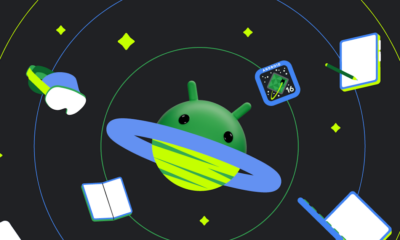Ongoing patent dispute could ban Android brands in the US, Google Pixel adds new features for better user experience
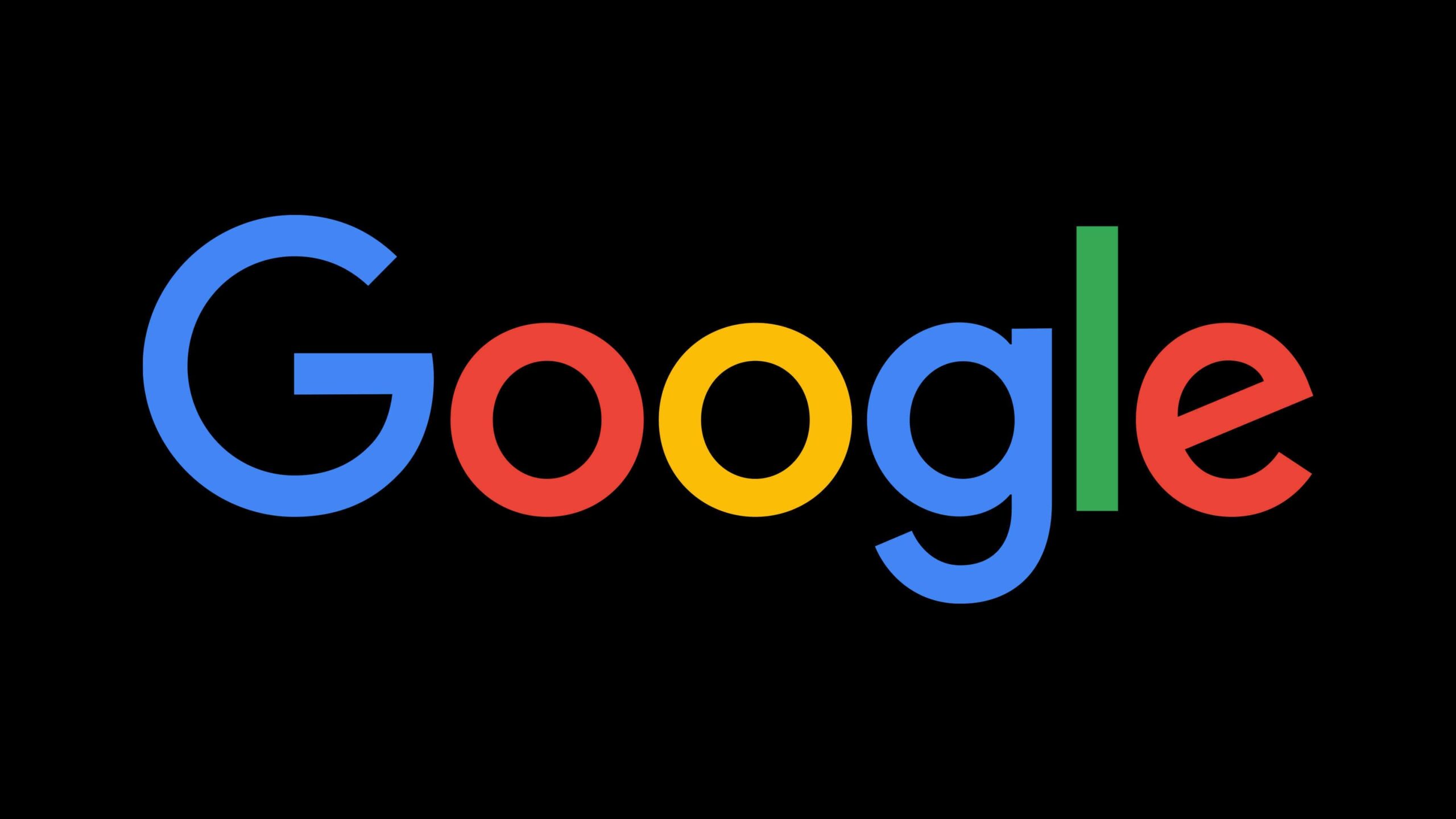
Potential Ban on Android Brands Over Patent Dispute
A legal dispute between Samsung Display and BOE, a Chinese display manufacturer, could impact several Android smartphone brands in the US. The conflict revolves around BOE allegedly infringing on Samsung Display’s patents. The US International Trade Commission (ITC) has made an initial ruling, indicating that BOE violated specific Samsung Display patents. However, as of now, no ban has been enforced.
What’s at Stake? Samsung Display has requested the ITC to ban the import and sale of devices using BOE panels that violate its patents. If granted, this ban could significantly affect the US smartphone market. While premium brands like Samsung, Apple (for its iPhone), and Google typically rely on Samsung Display, many mid-range Android phones, such as those from OnePlus and Motorola, use BOE panels due to their lower costs.
Notably, OnePlus sources displays from BOE for several devices, including its flagship models like the upcoming OnePlus 13. Motorola has also utilized BOE displays in versions of its foldable Razr smartphones. Additionally, Lenovo has employed BOE panels in its foldable ThinkPad laptops.
Even Apple has explored using BOE as a display supplier for future iPhones. Moreover, several US computer brands, including HP and Asus, have partnered with BOE for their display needs.
Likelihood of a Ban Currently, the ITC has not approved the ban, stating there is no immediate impact on the US industry from BOE’s alleged patent infringement. The final decision is expected in March 2025. If the ban is enforced, it could lead to disruptions in the supply chain and impact several Android manufacturers that rely on BOE displays.
Google Pixel Introduces New Digital Wellbeing Feature: Screen Time Reminders
In an effort to enhance user experience, Google has rolled out a new feature called “Screen time reminders” as part of its Digital Wellbeing suite. This feature is now available on Google Pixel devices and various other Android phones, aiming to help users reduce excessive screen time and avoid “doomscrolling.”
How It Works The “Screen time reminders” feature sends users a notification when they spend a significant amount of time on a specific app. For instance, after spending around 15-25 minutes on popular apps like Instagram, a pop-up will appear at the top of the screen, suggesting that it might be time to take a break. This reminder is “occasional,” meaning it does not show up constantly but only after extended usage periods.
By default, the reminders are turned off, and users can enable them through the Digital Wellbeing settings on their devices. Once activated, the feature applies to all apps, although users can choose to disable reminders for specific apps, such as those used for video streaming or gaming, where prolonged usage is common.
Availability This new addition is part of Google’s ongoing effort to promote healthier screen habits. The feature is included on Pixel phones and several other Android devices like those from OnePlus, Oppo, and Nothing. However, Samsung devices currently have their own version of Digital Wellbeing tools, which do not yet include this specific reminder feature.
Google VPN Support Expands to Pixel Tablet in Android 15 QPR2
Google’s VPN service, initially exclusive to Pixel 7 and later models, is now available for the Pixel Tablet with the release of Android 15 QPR2 Beta 1. This update comes after user feedback and addresses previous limitations where the Pixel Tablet was excluded from the VPN by Google rollout.
What is VPN by Google? VPN by Google provides a secure browsing experience by masking users’ IP addresses and encrypting internet traffic. It is built into the Pixel’s operating system, unlike previous versions tied to the Google One app, which required a persistent notification. The VPN service is available at no extra cost to users of eligible Pixel devices, offering a straightforward way to access geo-restricted content without compromising speed or privacy.
New Support for Pixel Tablet Despite being part of the same generation as the Pixel 7 series, the Pixel Tablet was initially left out of the VPN by Google rollout. However, with the latest Android update, this has changed. Users have confirmed that the VPN feature is now pre-installed on the Pixel Tablet, although Google’s official support page has yet to be updated to reflect this change. This update signals Google’s commitment to enhancing its product offerings across its entire Pixel lineup.
Expected Stable Release The stable release of Android 15 QPR2, including the updated VPN support, is anticipated in March 2025. The inclusion of the Pixel Tablet in this rollout appears intentional, as indicated by a specific build flag in the software, though official confirmation from Google is still pending.
Conclusion
The ongoing patent dispute between Samsung Display and BOE could lead to significant changes in the availability of Android devices in the US market. While the potential ban remains uncertain, it could disrupt the supply chain for several brands using BOE displays. On the software side, Google continues to enhance its Pixel devices and other Android phones with features like “Screen time reminders,” promoting healthier digital habits, and expanding VPN support to provide better privacy options. These updates reflect the ongoing evolution of Android devices, focusing on user experience and industry competitiveness as we approach 2025.
Gmail and Google Photos get new design and useful updates
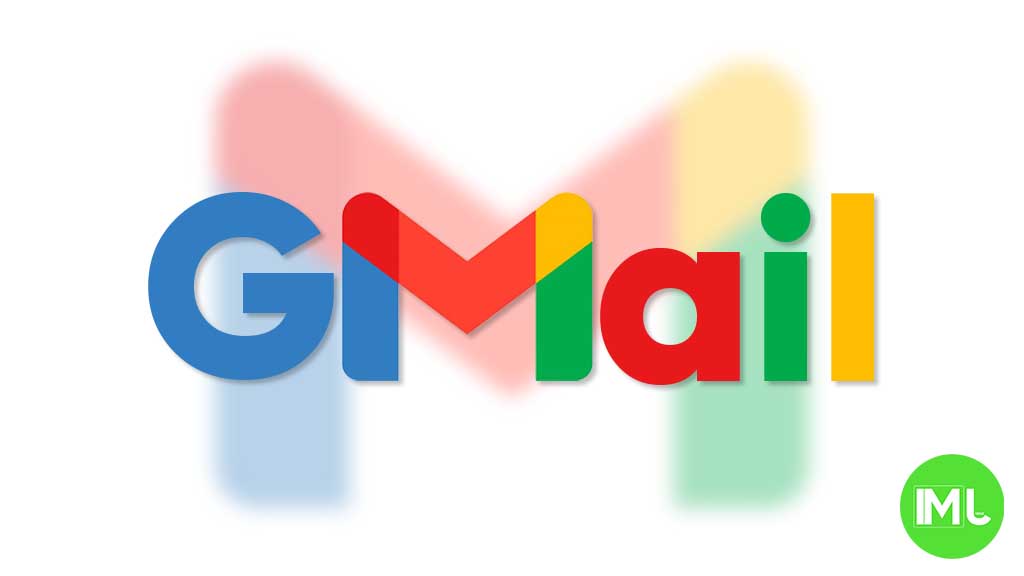
Google is giving Gmail and Google Photos some fresh updates to make things easier and more user-friendly.
First, Gmail on the web is now getting a new layout option. You can choose between “Cozy,” “Comfortable,” or “Compact” views based on how much space you want between your emails. Google is also adding a setting to control whether your inbox and labels stay on screen or only show up when needed. These changes make it easier to personalize how Gmail looks and feels.
Meanwhile, Gmail for iPhone is getting a visual upgrade. The app now uses Google’s updated design style called “Material 3.” You’ll notice a cleaner look with a rounded search bar at the top, smoother icons, and better spacing. Although the bottom bar and buttons look mostly the same, the overall design feels more modern and easier on the eyes.
Lastly, Google Photos is bringing back a helpful feature. The classic search shortcut that appears in the bottom bar is returning, making it quicker to find your photos. Before this, the shortcut had been removed when Google added the new “Memories” tab. Now, both features work together, letting you browse memories and search with ease.
These updates aim to make Google’s apps feel more useful, clean, and easier to use on both desktop and mobile.
Android
Android 16 boosts USB data safety and fixes delayed notifications on Pixel phones
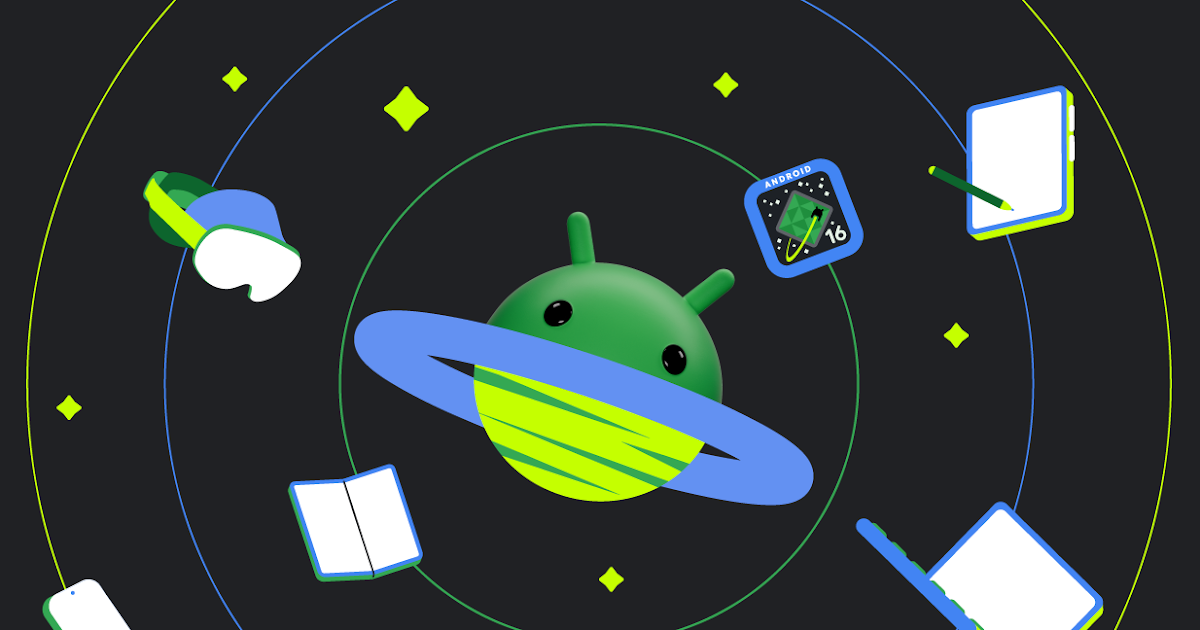
Google’s upcoming Android 16 update is bringing better security and some helpful improvements, especially for Pixel phone users. One of the main features in Android 16 is a new way to protect your phone’s data when it’s connected to a computer through USB. Right now, when you plug your phone into a PC or laptop, it can access all your data as long as you approve it.
With Android 16, Google is adding an extra security layer that only allows limited access unless you enter your PIN, password, or use your fingerprint. This will help protect your files if someone tries to access your phone without permission.
At the same time, Google is also working on a fix for a frustrating issue that some Pixel users have been facing for months — delayed notifications. After the April 2024 update, many users noticed that app alerts were not showing up on time, especially from messaging apps. Google has confirmed the problem and says a fix will be included in a future update, though it’s not in the current April patch yet.
Together, these changes show that Google is focusing on both stronger privacy and a smoother experience for Android and Pixel users. Android 16 is expected to roll out later this year, starting with developer previews.
Android
Google improves Translate, Assistant, TV, and Chrome with new updates

Google is bringing several updates across its apps to make them more useful and easier to use. Google Translate is working on a new feature called “Practice.” It helps users improve their language skills by offering short exercises, like matching words or filling in blanks. Right now, it looks like it will focus on Spanish, but other languages may come later. This tool could be great for people who want to go beyond just translating words and learn the language.
Google Assistant’s Driving Mode in Google Maps is starting to shut down. Many users are noticing that the card-style dashboard is disappearing, and the Assistant voice command shortcut no longer works. Google hasn’t officially said why, but it seems they’re moving away from this feature, possibly to focus on other tools or experiences in Maps.
Google TV’s Freeplay app is now back with a fresh look. It gives users free access to over 100 live TV channels. The redesign makes it easier to browse channels and see what’s playing. The new layout also highlights what’s currently on, making it faster to start watching without having to dig through menus.
Lastly, Google Chrome is testing a new built-in PDF viewer. This upgraded tool makes reading and editing PDFs easier right inside the browser. It includes better zoom controls, a cleaner layout, and a page list view that lets users jump to specific pages more quickly. These updates show Google’s push to improve how we learn, drive, watch TV, and browse the web.
-
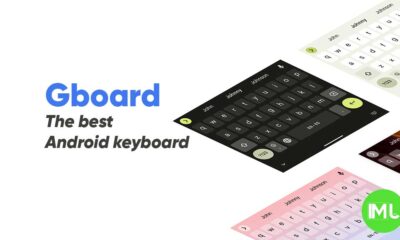
 Apps1 year ago
Apps1 year agoGboard Proofread feature will support selected text
-
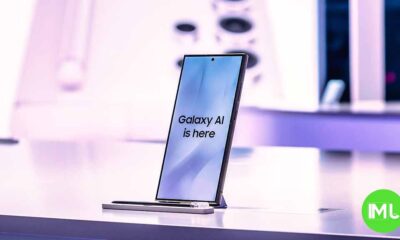
 News1 year ago
News1 year agoSamsung USA crafting One UI 6.1.1
-

 News1 year ago
News1 year agoBreaking: Samsung Galaxy S22 may get Galaxy AI features
-
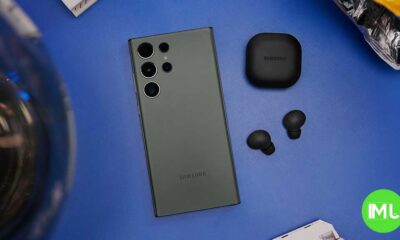
 News1 year ago
News1 year agoSamsung Galaxy S23 Ultra with One UI 6.1 and all S24 AI features revealed
-

 News1 year ago
News1 year agoOne UI 6.1 Auracast (Bluetooth LE Audio) feature coming to many Samsung phones
-

 News1 year ago
News1 year agoSatellite SOS feature coming to Google Pixel phones, evidence leaked
-
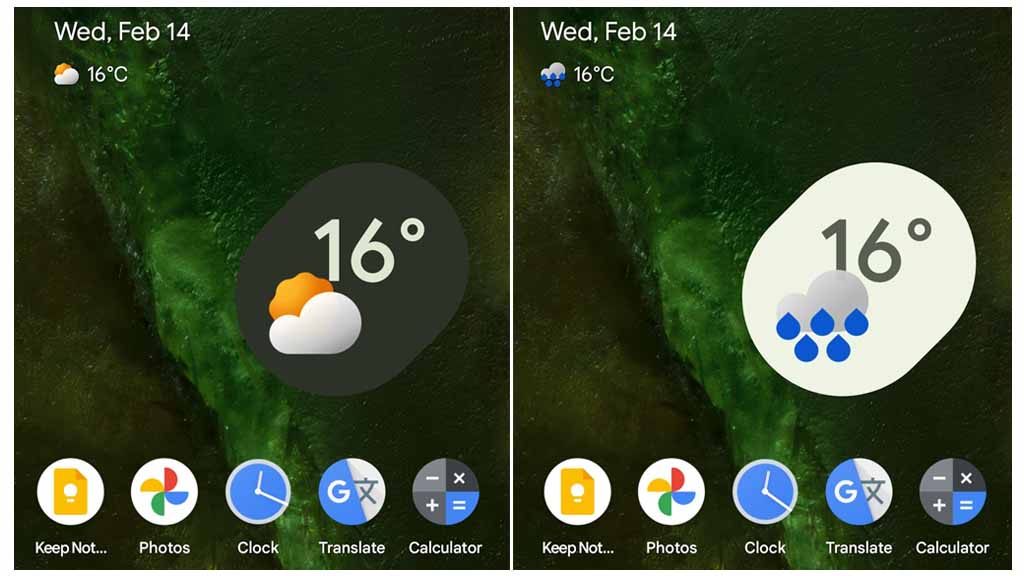
 Apps11 months ago
Apps11 months agoGoogle’s fancy new Weather app is finally available for more Android phones
-
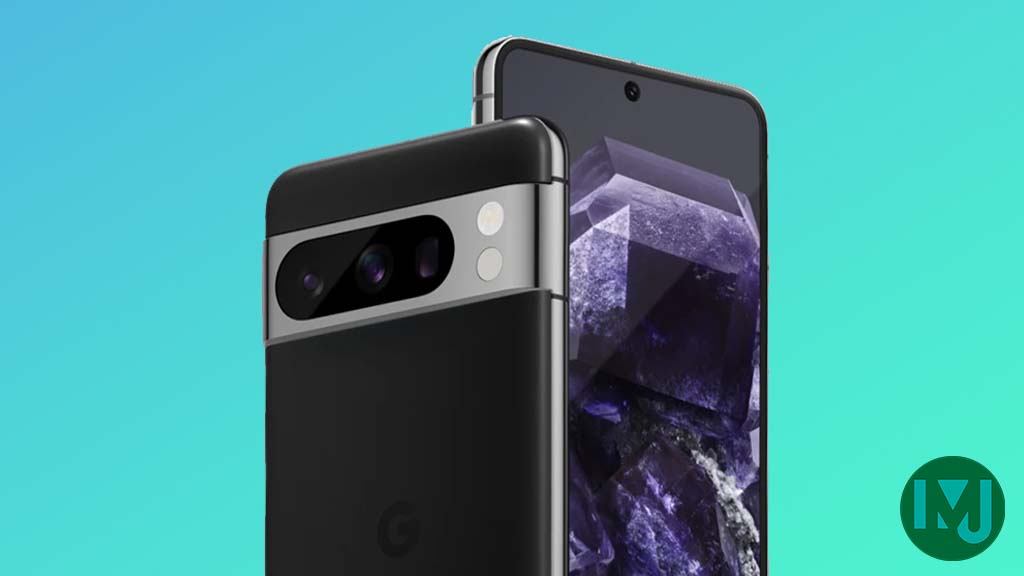
 News1 year ago
News1 year agoGoogle Pixel evolves as Europe’s third best selling flagship



